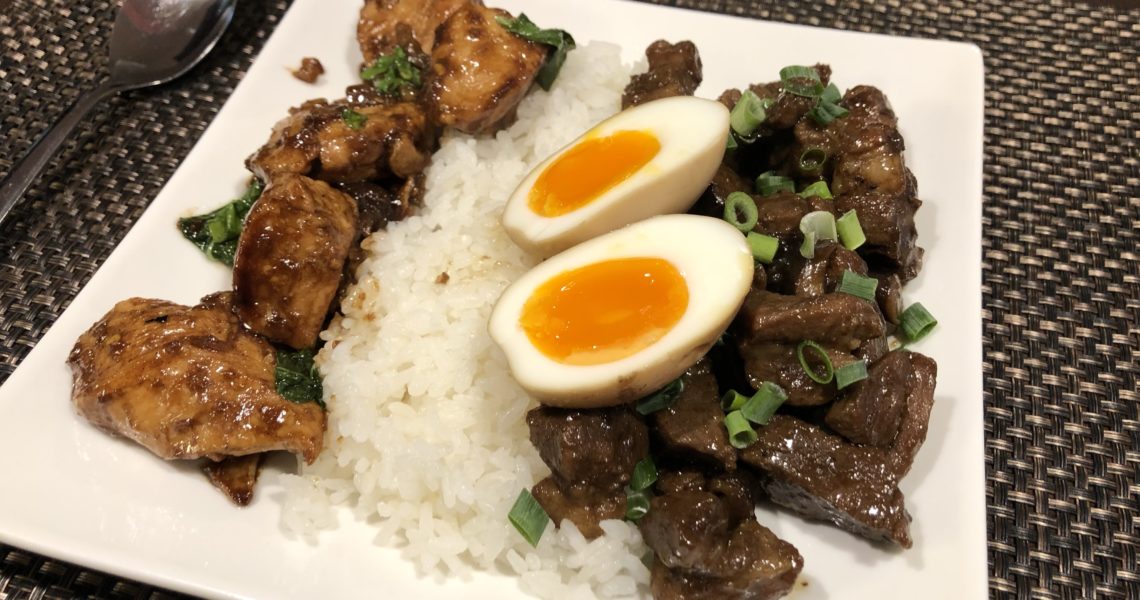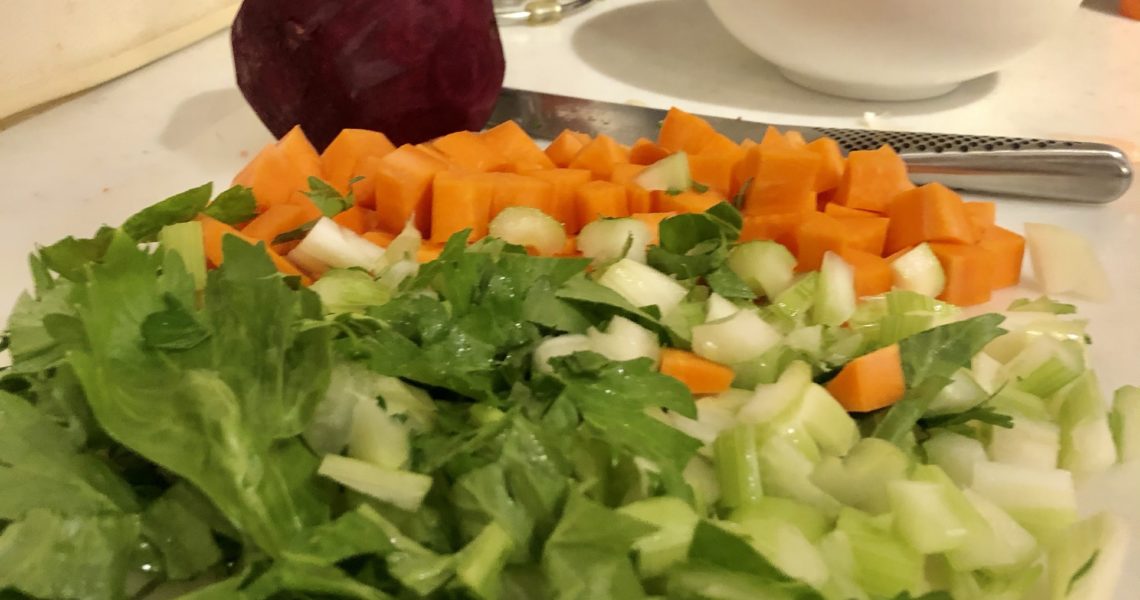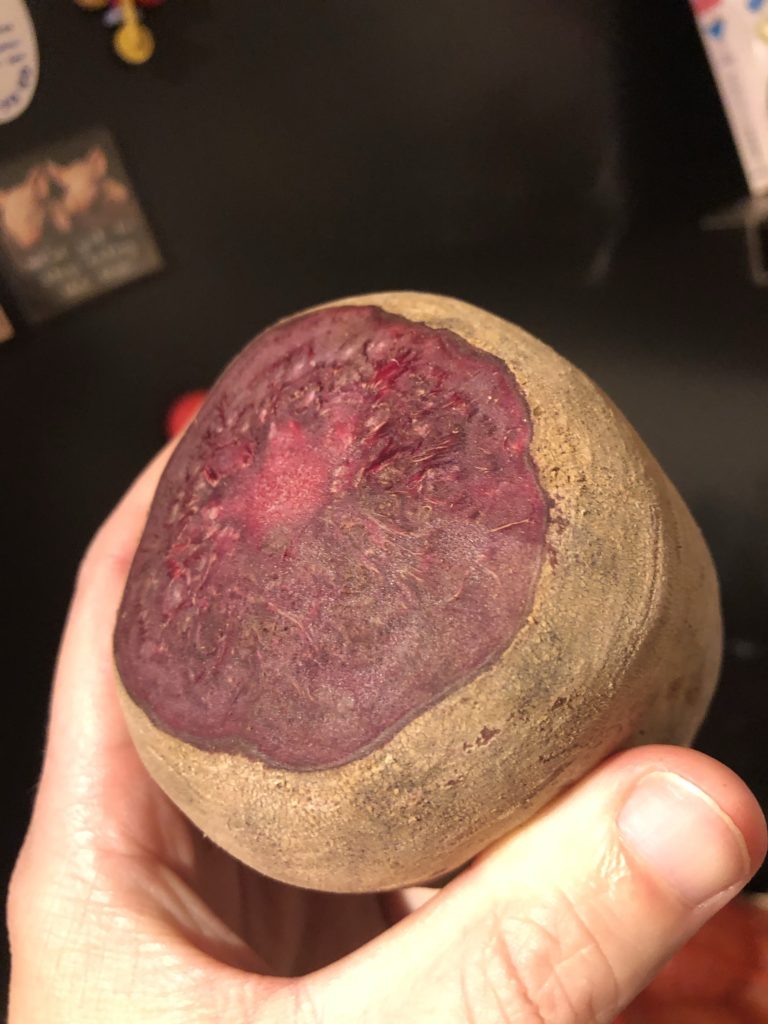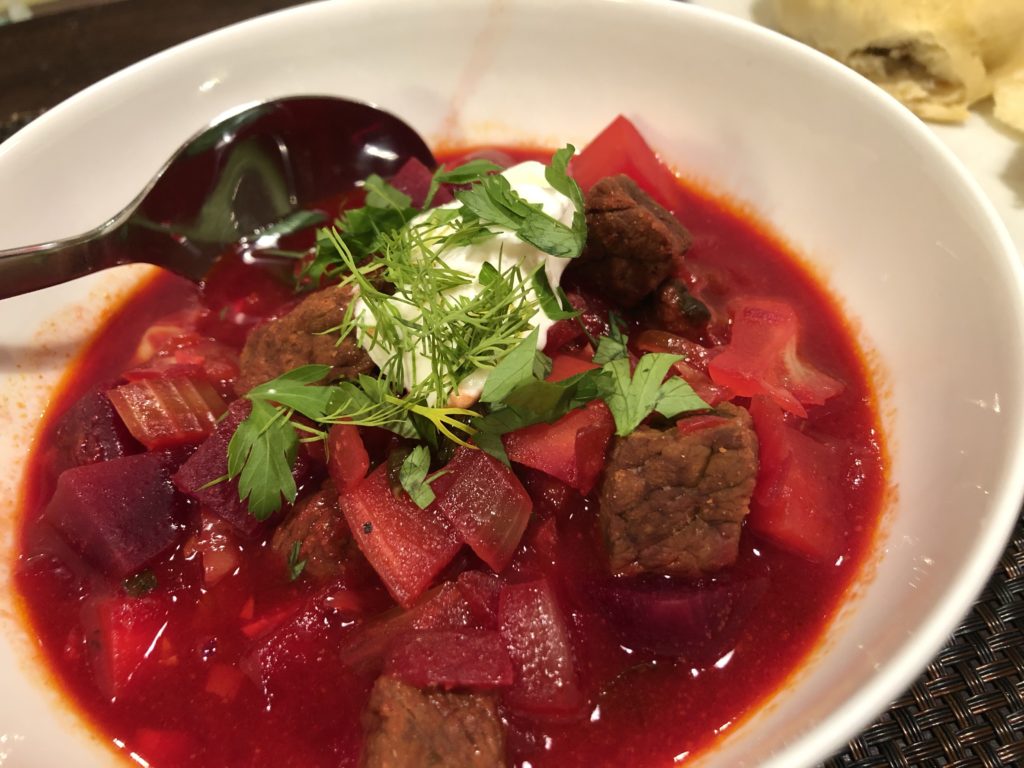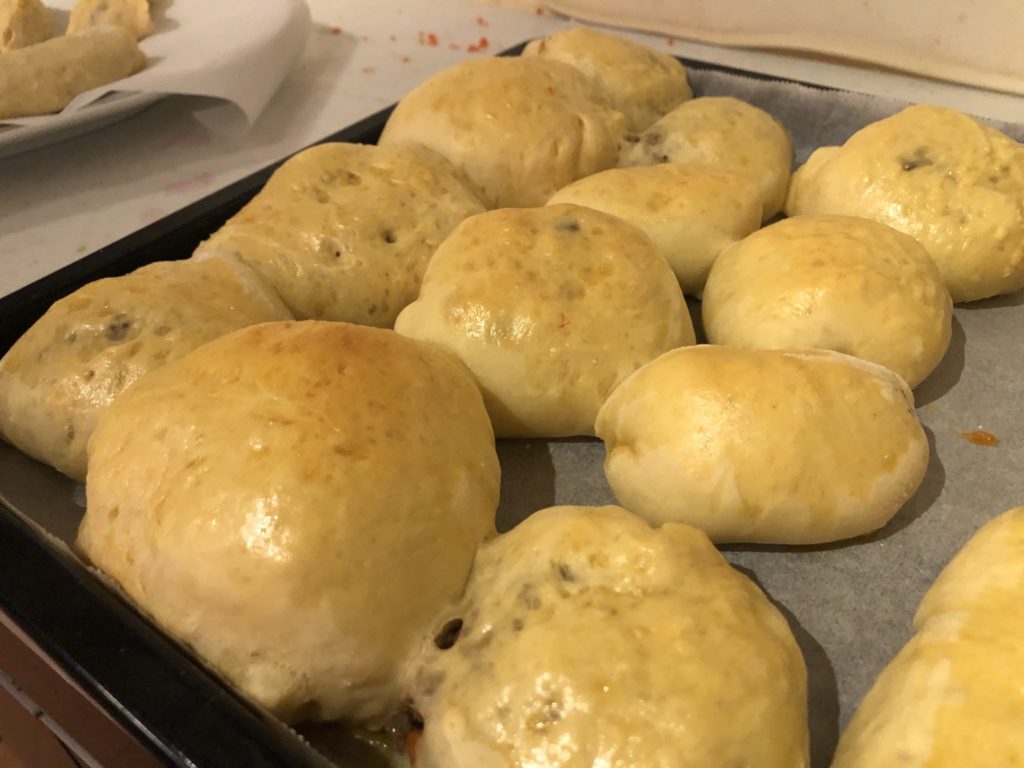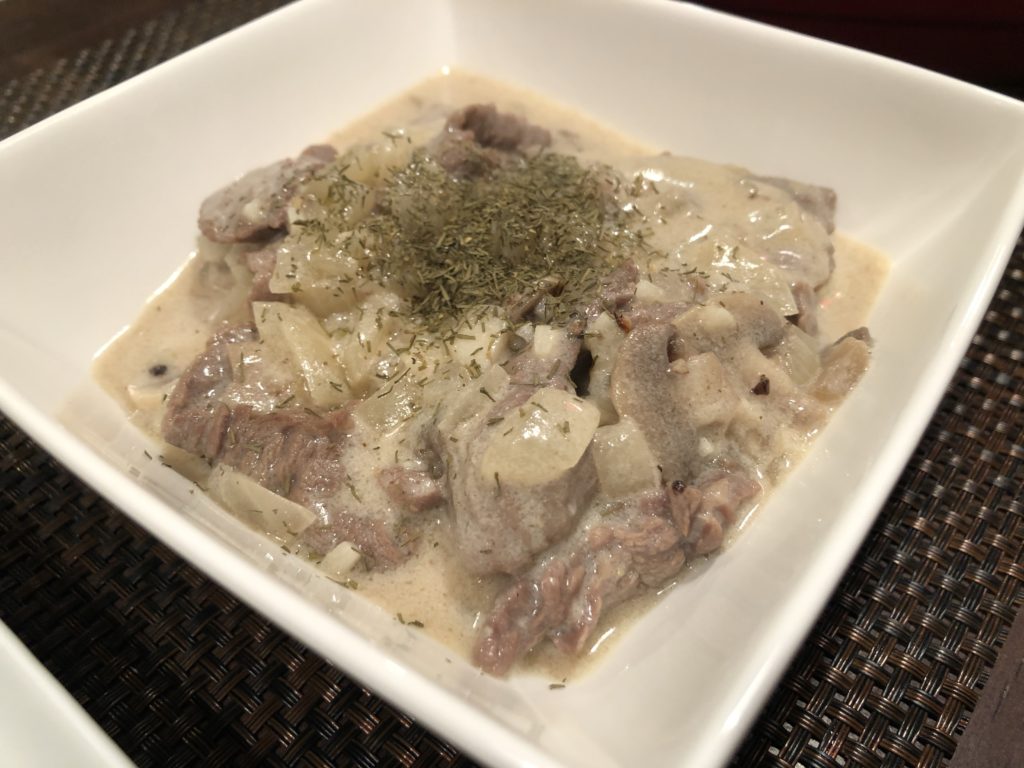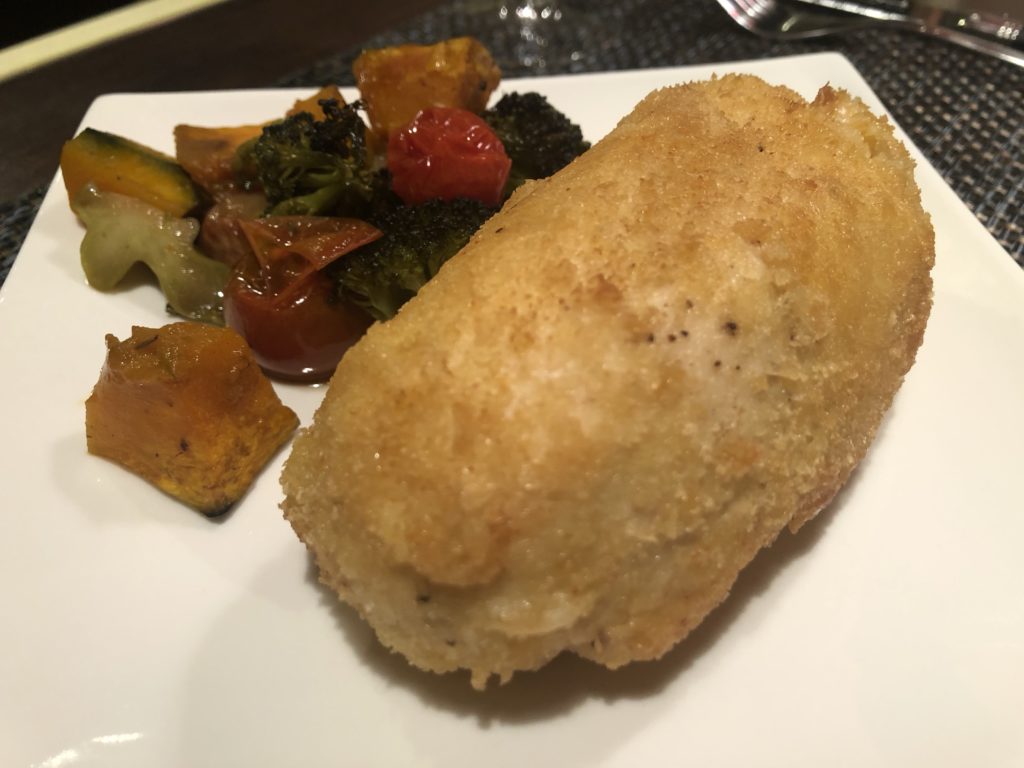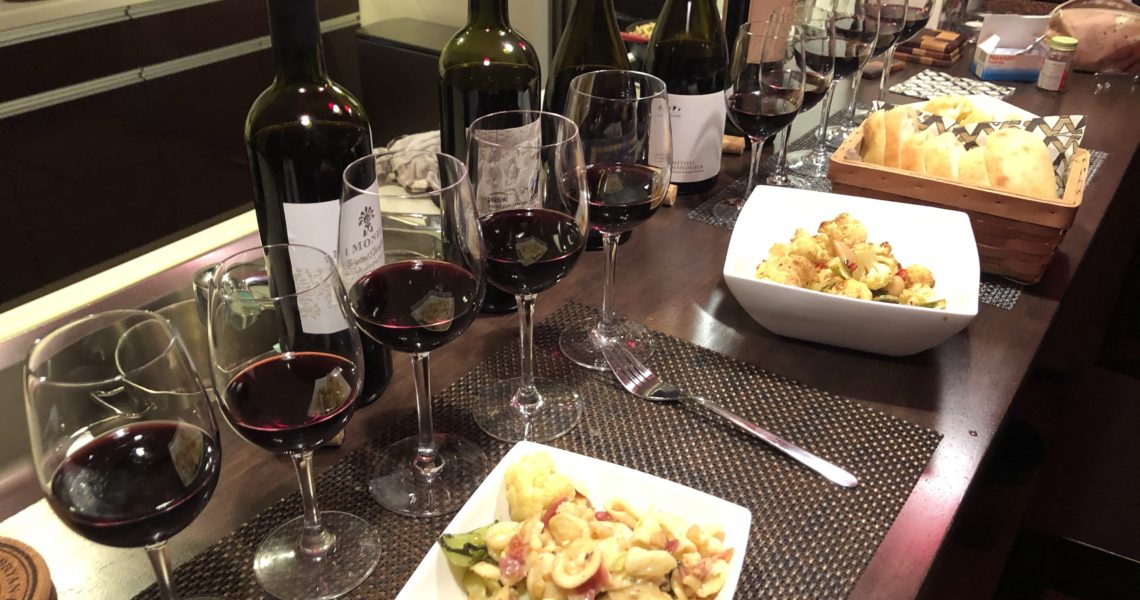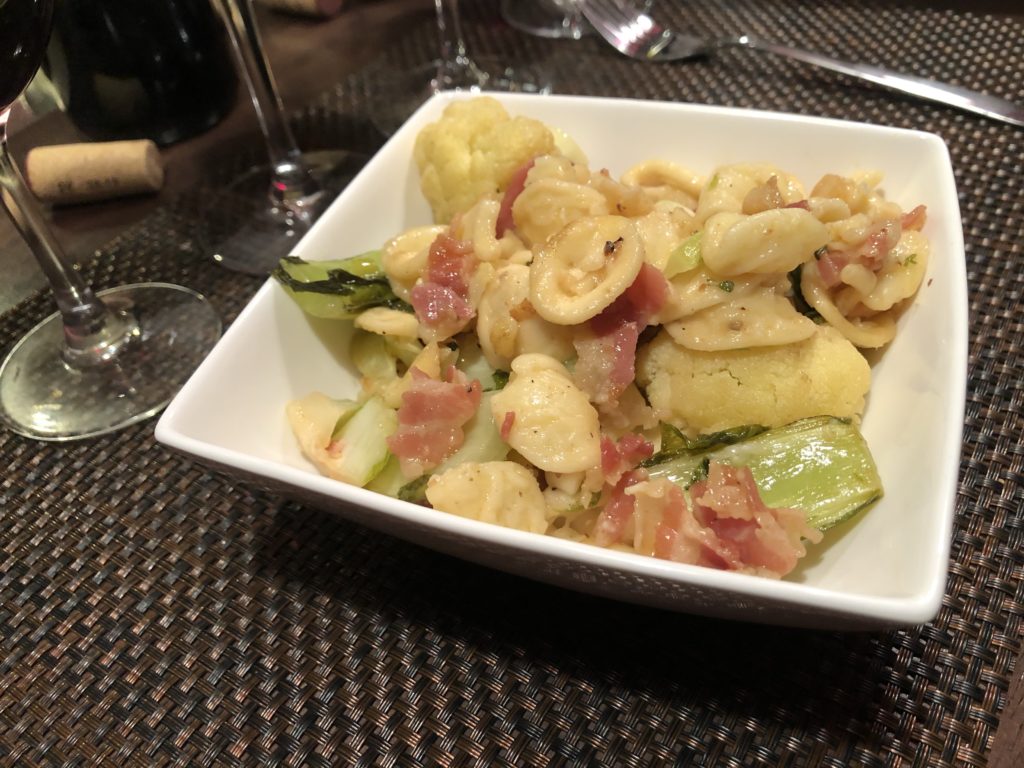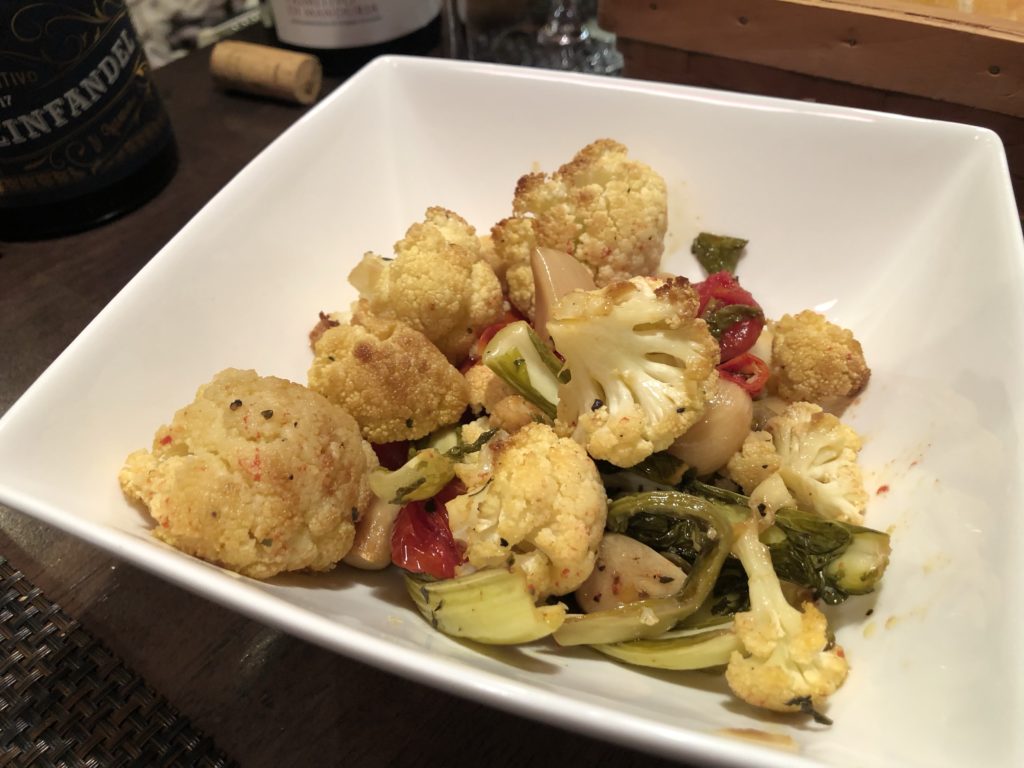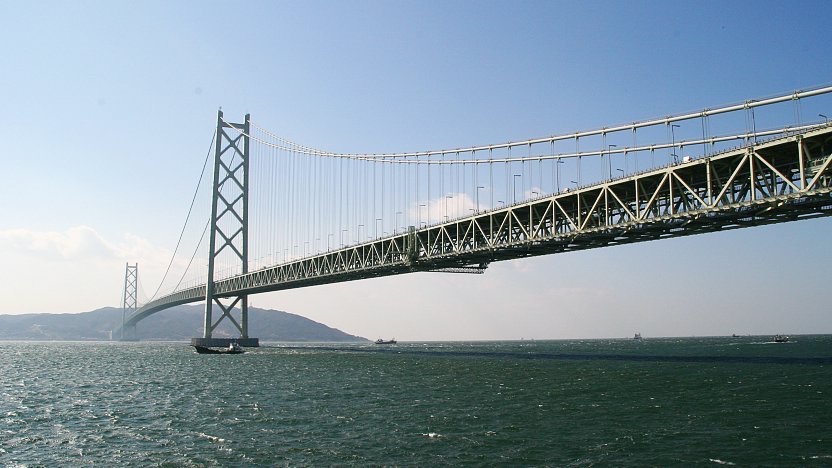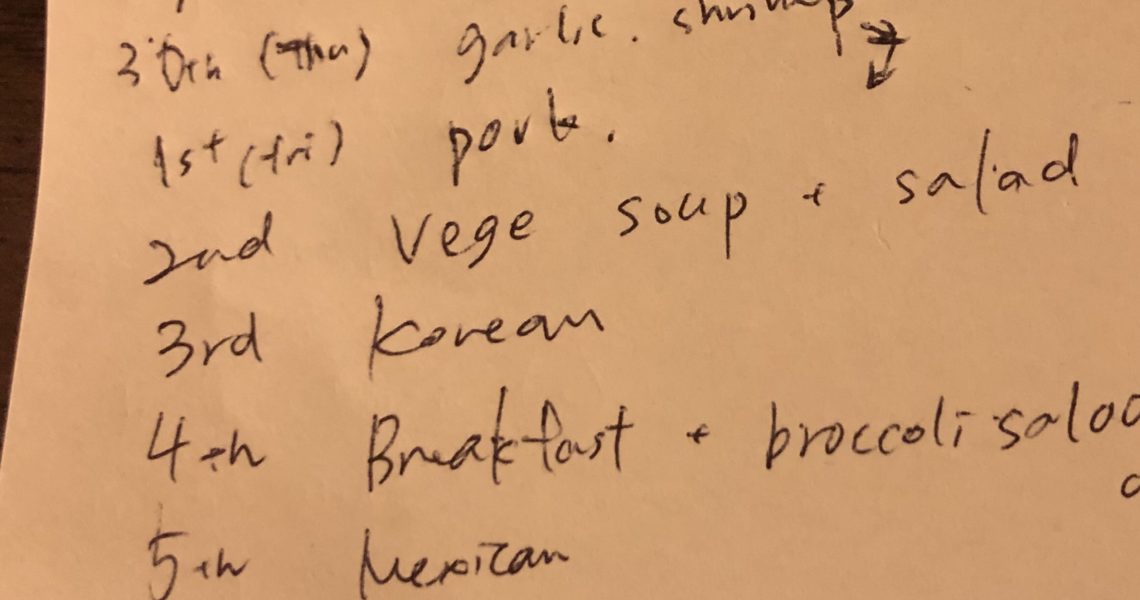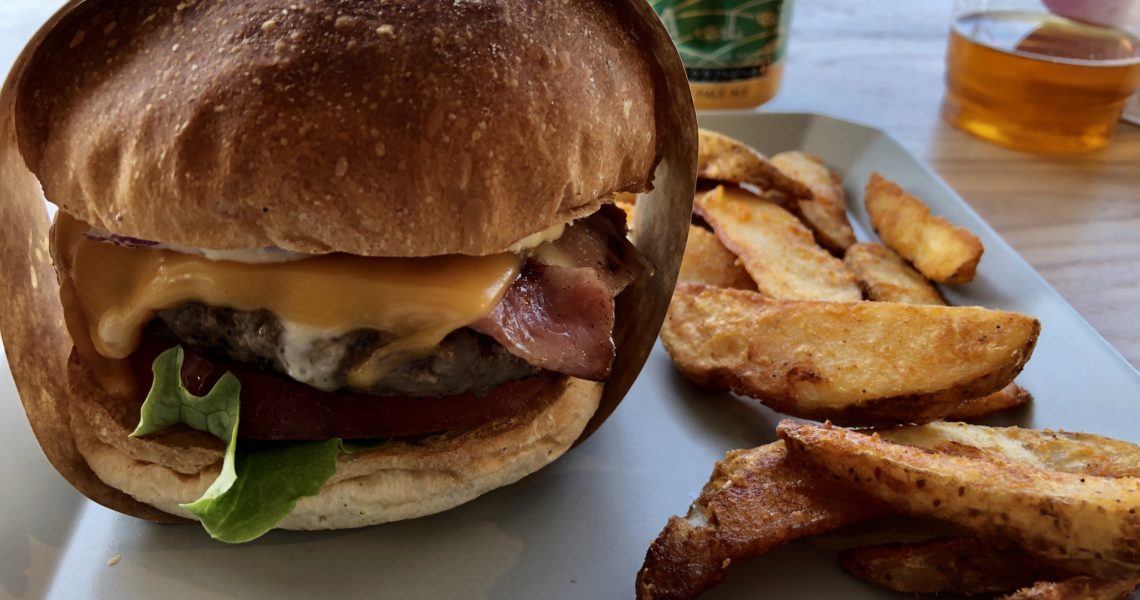We just finished up another excellent Golden Week here in Japan, this time under the shadow of the coronavirus. Fortunately for us, the situation was pretty much the same as usual, since we make it a policy not to travel during Golden Week. This time everyone else had to follow the same policy, and other than a few more people in the supermarkets things went smoothly.
Of course we focused on cooking delicious foods during the long holidays, but there was more than just cooking and eating. Of my twelve days off, eleven were sunny and clear, and the temperature was perfect for outside activities. We spent a lot of time on our back porch grilling, sipping cocktails, or just reading books. I weeded and replanted our herb garden out front, this time adding some French tarragon to see how it works out. In a usual Golden Week we’d have a party with the neighbors, but instead we maintained a social distance and just waved at them across the way as we passed.
The real joy of the long holiday is to wake up whenever you like, stroll to the store to buy fresh vegetables and ingredients, and then cooking them up and enjoying a leisurely meal of exactly what you wanted to eat – usually while discussing what you should try to make the next day. You can attempt making things that take a little longer or require more effort, and if it doesn’t work out it is no problem at all – you just have a chance to learn from the experience.
Besides making meals each day I also tried out a recipe for peanut butter cookies spiced with Chinese five spice. As a kid I never had much interest in spiced cookies, but the more adult and Asian taste really hit the spot this time. I don’t think I can go back to regular peanut butter cookies again.
We also exchanged gifts with Yoshi and Mamiko. Since we couldn’t get together we had sent over a nice bottle of sake for them, and they responded with a porch delivery of homemade masks, homemade bacon (!) and homemade bamboo shoot rice. Hopefully we’ll have a chance to get together soon.
So here’s a (long) list of meals we ate during the long holiday, for posterity’s sake:
4/24: Yakitori skewers – This one was the only time we ate food from outside. We wanted to support the local yakitori place that we like so I put in a big order for take out and picked it up on the way home from work. The “shiotsukune” sticks are always the best!
4/25: Caveman steak with green salad and mushrooms – Earlier in the week we had bought this big chunk of beef on the rib bone in a French cut. I salted it up three days in advance and left it to dry out exposed in the fridge before grilling it up. We got two meals out of it and it was a great cut of meat.
4/26: Leftover steaks with roasted veggies – We still had two big strips of steak leftover so Kuniko roasted a bunch of veggies (tomatoes, heads of garlic, broccoli and onions) and everything fit together nicely.
4/27: White jambalaya and cornbread – This was Kuniko’s request. We had some high quality rice in the pantry, so I made up a sofrito, added homemade stock, some fresh shrimp, chicken and sausages, and Kuniko baked the cornbread. The jambalaya came out a slightly saltier than I would have liked so I’ll try to be more careful next time. We still went back for seconds and thirds so it passed the test, I guess!
4/28: Grilled veggie sandwich with cilantro and onion quinoa salad – Kuniko had to go to work this day and she wanted vegetables when she got home for dinner, so I grilled some big shiitakes, pan seared two sweet red peppers and them combined them with tiny sprouts, melted Okinawan cheese and brown mustard on bread from the local bakery. They turned out great!
4/29: Whole roasted Akashi snapper – We did a wine tasting of five different wines from the Italian region of Le Marche, and since the coastline there has a lot of whitefish, we roasted this one up. We found a whole snapper at the local supermarket already cleaned out, so I stuffed it full of fennel, garlic, Italian parsley, olive oil and salt, then we roasted it whole until the skin got crispy. I want to do this more often – so good!
4/30: Cajun shrimp skewers, grilled corn, mushrooms and paprika peppers – Still on a Cajun kick, so we bought some extra big shrimp and grilled them outside slowly while drinking cold beers on the back porch. The great weather this holiday contributed to a lot of grilling decisions.
5/1: Grilled cumin-marinated pork shoulder and green salad – More time out back grilling. This was a last minute decision but the roasted cumin made a pretty good quick marinade. The cut of pork from Costco was a little fatty, but finally the flavors came together at the end. I’d marinate it longer if I had to do it again.
5/2: Mixed vegetable soup and steamed veggie salad – This was the answer to the heavy dishes we’d been eating. Kuniko made everything here, as kind of a detox meal and more like what we regularly eat during the work week. All the veggies were fresh from the market so the final soup tasted naturally sweet. It was a refreshing break, and I think our bodies appreciated it!
5/3: Korean kimpa, gangjeong chicken, homemade kimchi served with makkori – Although April was Korean cooking month for us, in early May we still had some ingredients and motivation to take another swing at these dishes. Kuniko has really masted the kimpa, and her version of gangjeong chicken is getting better and better. We also killed off the last batch of kimchi so we’ll need to make another!
5/4: Homemade bacon, waffles and eggs with tangelo mimosas – Yoshi and Mamiko had dropped off some homemade bacon on our doorstep the day before, and Yuki had given us a waffle maker for Christmas, so we decided to have a big breakfast for a change. Kuniko made up the waffles, I fried up the bacon and eggs and we enjoyed everything with mimosas made from the juice of the American tangelo oranges we’ve been able to get recently. Dinner was very light – just a broccoli salad – we were operating on the “one big meal a day” policy.
5/5: Grilled chicken tacos with Patron margaritas – We celebrate cinco de mayo every year with Mexican food, and the tacos (burritos?) that we made this time were excellent. I haven’t found better Mexican food in Japan than what we make in our own kitchen (but from the state of Mexican food in Japan this isn’t saying very much).
5/6: Cubano sandwiches (a la Chef) – The last day of the long holiday and so we made these sandwiches. The pork shoulder is brined for 24 hours, marinated afterwards for several hours, and then roasted for nearly three. We went to Akashi to buy raclette cheese, and Kuniko baked fresh bread to stand in for “pan cubano”. It is a lot of work but these were delicious and made for a nice capstone to the long holiday.
So that wraps up another great Golden Week menu. For the month of May we are planning to try to cook some different dishes from Spain. We’ve got a big Costco-sized bottle of olive oil ready to go. I know we’ll have more delicious meals coming up – hopefully they’ll be a bit more spread out!
